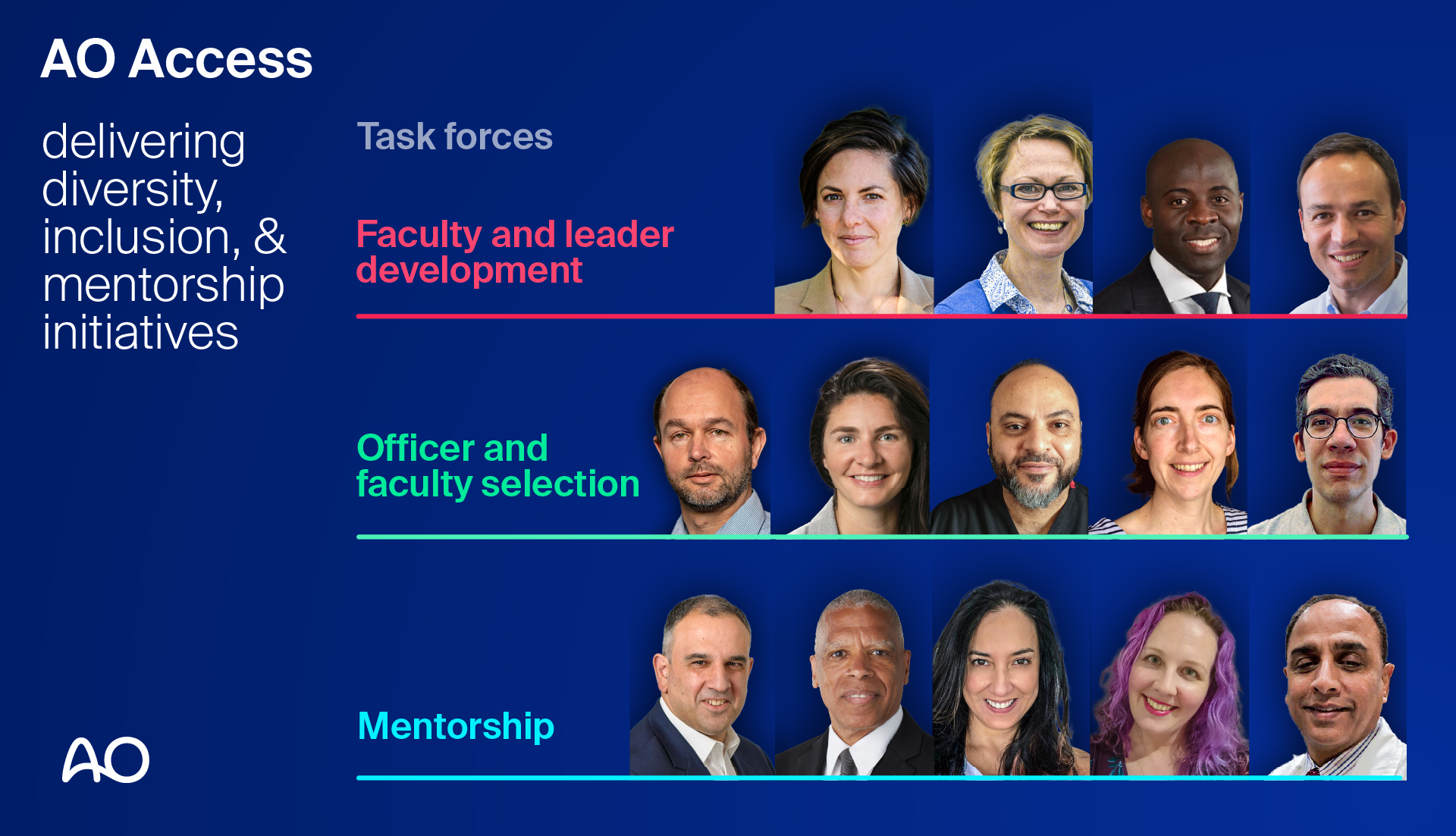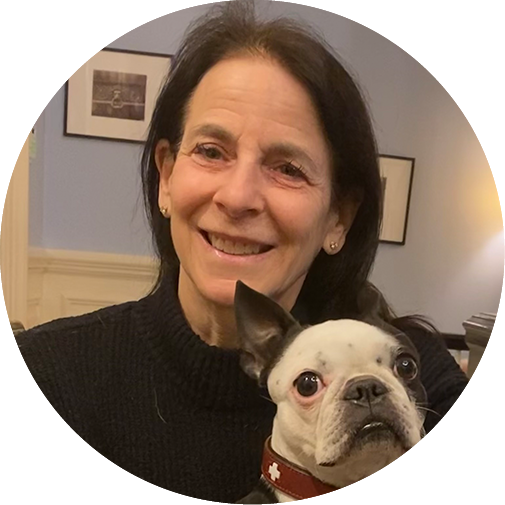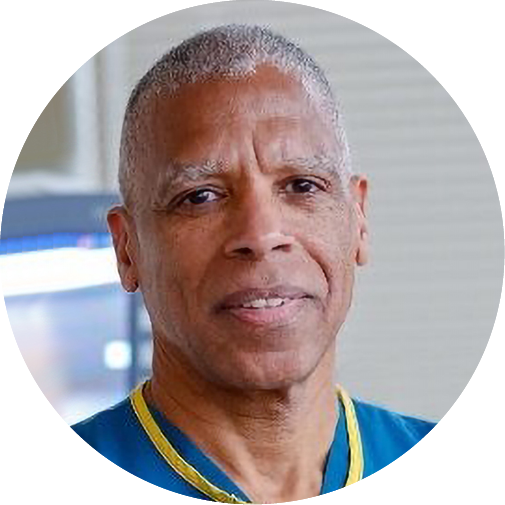
Diverse teams are the key for a successful organization. Leaders who role model inclusive behavior can change the organization’s ethos and help it achieve cultural parity.
With the world’s increasing understanding of the success created by diverse teams, inclusive leadership becomes ever more important. Is becoming an inclusive leader something that happens naturally? Research shows, that inclusive leaders rarely develop naturally. However, organizations count on leaders for inspiration, guidance, and reassurance. In today's dynamic and ever-changing world, team members and employees are not looking for leaders to make decisions about which instruments to use in the operating room; instead, they value behavior and decisions that keep them safe, build relationships, empower them and welcoming all that they bring to the table, including their unique backgrounds and experiences.
These are challenging times: Never before have leaders had to handle such a bewildering stream of information and rapidly changing situations that challenge the well-being of their teams. There has never been a greater need for inclusive leaders. The AO community prioritizes learning, teaching, and a strong focus on self-reflective practices. Self-reflection allows the development of competencies associated with, for example, inclusive and positive role modeling whether or not the person is an official leader in the organization.
But what is an inclusive leader? Harvard Business Review (HBR) research identified the following six terms as inclusive behavior traits: visible commitment, humility, awareness of bias, curiosity about others, cultural intelligence, and effective collaboration (HBR, March 29, 2019). HBR also concluded that leaders often seem to overestimate how inclusive they really are.
So, here are some things you can do:
The importance of positive role modeling and its impacts have been validated through research and deployed successfully by organizations such as the Ruth Jackson Orthopaedic Society (supporting and networking women orthopedic surgeons), the Perry Initiative (outreach program for high school and medical students), and the Nth initiative (increasing the number of women and underrepresented groups in orthopedic surgery by exposing first-year medical students in clinical settings). These programs focus on younger generations to influence women and underrepresented groups to believe they can achieve equity and become surgeons.
Everyone in the AO—including those in leadership positions—has the same opportunity and responsibility to lead change through positive role modeling. Leaders influence an organization’s culture. Embracing and encouraging an inclusive and welcoming approach and promoting diverse role models have been shown to drive increases in the numbers of women and underrepresented groups in orthopedics, at the levels of residency, fellowship, and beyond.

Amy Kapatkin DVM, MS, DACVS
Professor of small animal orthopedic surgery, University of California-Davis
AO North America president
AO Access Steering Committee diversity and inclusion representative
When you treat all people with respect, correct those who do not, and volunteer to lead, you are a role model who can change an organization.

Dave Hamlar MD, DDS
Assistant Professor
Skull Base Center
Department of Otolaryngology
University of Minnesota
AO Access mentorship task force member
As I was walking through the emergency room to see a patient, I was suddenly grabbed by the arm and told, “You are not allowed in here.” Luckily, my resident—who happened to be white—informed her that I was the attending physician and we were here to see a consult. It was evident that she had more respect for the resident than she had for me and did not apologize for the mistake.
This is but one of many “misunderstandings” that continue to this day. If there is anything that keeps me motivated, it is a challenge. My life has been a challenge to continually prove myself. My parents instilled that sense of purpose through education, mentorship, and luck. I have managed to pursue my dreams. And what is luck? It’s where preparation meets opportunity. So, I made sure I worked harder, treated others with dignity and respect and remained humble, and—above all else—I remember where I came from.
My training allowed me to meet some of the greatest minds in the field of otolaryngology. A portion of the training was traumatology. As a resident I participated in AO basic principles courses, not knowing that I would one day become an instructor. It was the AO faculty then who unabashedly shared their knowledge and gave of themselves without hesitancy or bias towards their learners.
As I hope to lend my voice to the AO and its leadership, I see another challenge. The AO is in the midst of opening its aperture to those who do not look like the majority, those who may not feel included, those who felt they have no hope of advancement, and those who have not even been welcomed. That is the challenge that lies before us.
I encourage you to join AO—and its expertise in the fields of medicine, science, and education—that is ready to embrace the world in advancing the principles of promoting diversity and inclusiveness.